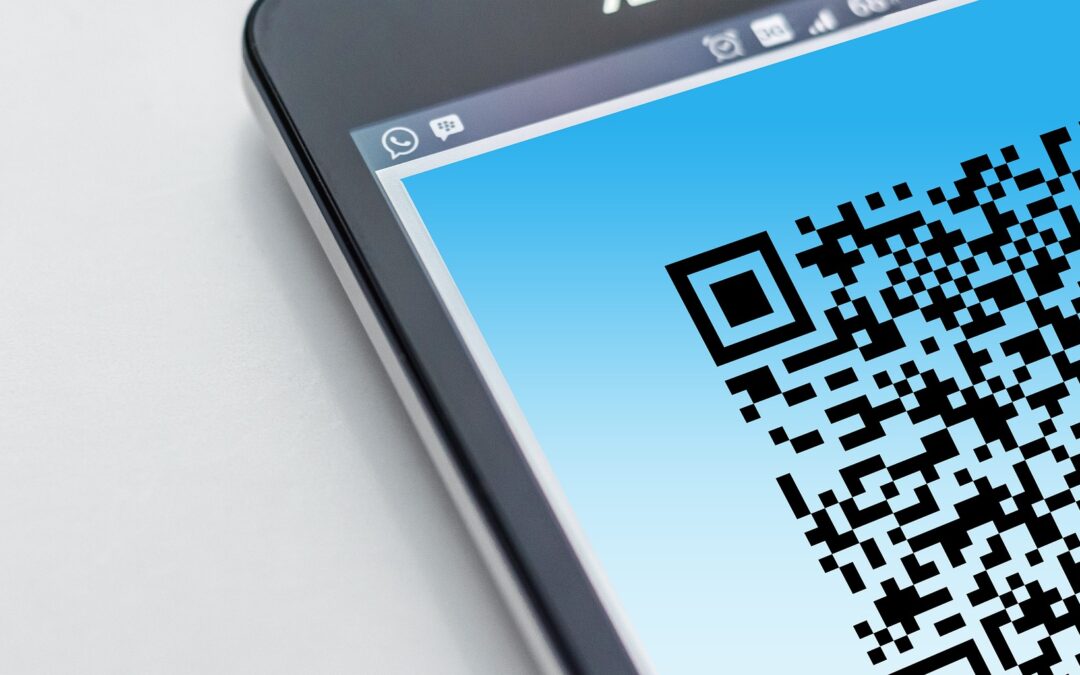Smart washrooms are no longer a futuristic concept, but rather a practical solution to one of the most scrutinised areas in any facility. In today’s cleaning and hygiene services landscape, where every second counts, technology plays a pivotal role in streamlining operations, optimising labour and enhancing the user experience.
Washrooms reflect a facility’s overall quality, and even the smallest cleanliness issue tends to be noticed first in the washroom. Maintaining pristine environments can be challenging, particularly in high-traffic sites, but smart washroom systems offer a proactive approach. These tools use data analytics and automation to maintain standards, reduce unnecessary labour, and improve response times across custodial teams.
Driving smarter labour efficiency
While outcomes differ across sites, buildings that adopt smart washroom solutions often report measurable improvements in labour efficiency. Some facilities have seen productivity gains of up to 80 percent.
One example comes from an ESFM-managed site that reallocated approximately 360 hours of labour annually after installing smart washroom technology. With fewer wasted rounds and clearer visibility into actual washroom conditions, the custodial team could shift focus toward urgent issues and high-priority tasks. The result: better service delivery, fewer complaints, and stronger satisfaction scores.
Smart systems also support broader sustainability goals. By tracking usage patterns in real time, these systems help reduce product waste and cut unnecessary inventory costs. Facilities can better align their supply with actual demand, ensuring dispensers are refilled when needed, not on a fixed schedule.
QR codes versus sensors: What’s the difference?
Not all smart washroom tools offer the same value, and choosing the right one depends on your site’s needs and your team’s capacity. The two primary options, QR codes and sensors, represent very different approaches to data collection.
QR codes provide a cost-effective entry point for feedback-driven maintenance. Users scan the code to report issues, such as an empty soap dispenser or untidy stall. This empowers building occupants to become part of the quality assurance process. However, it relies on users taking initiative and doesn’t provide continuous data.
Sensors, on the other hand, deliver real-time insights by monitoring foot traffic, air quality, supply levels, and more. These sensors trigger alerts based on actual conditions, enabling predictive cleaning and just-in-time refills. Though the upfront investment is higher, the payback comes in precision, labour savings, and a proactive approach to facility care.
Ultimately, the best smart washroom strategy aligns with your goals, whether it’s fast feedback, increased labour efficiency, or elevated guest satisfaction.
A previous version of this abridged article was published in CMM.

